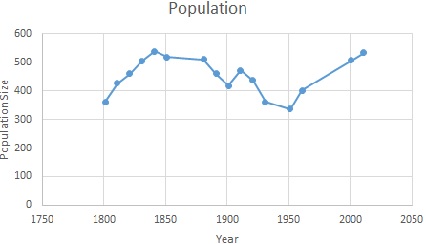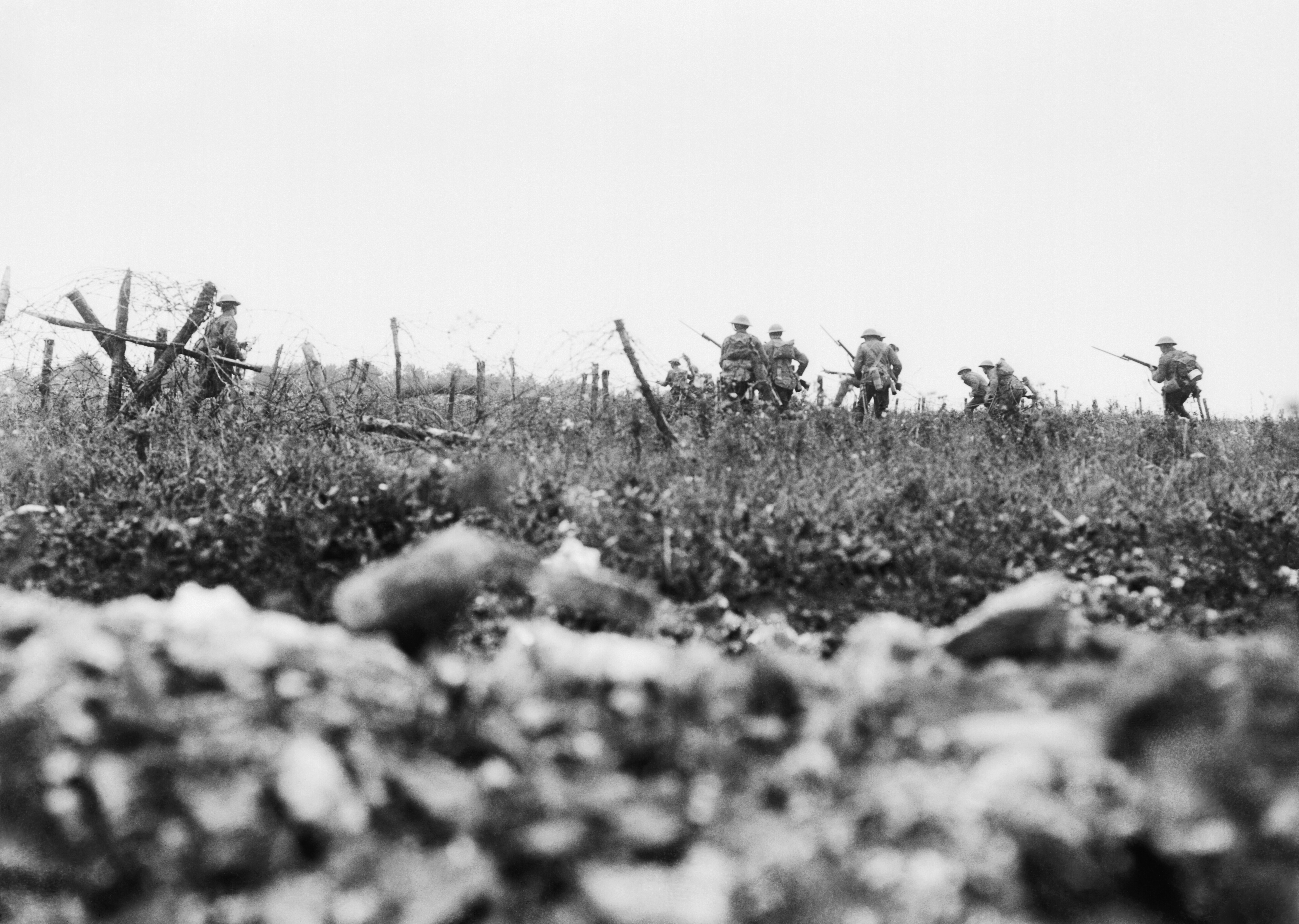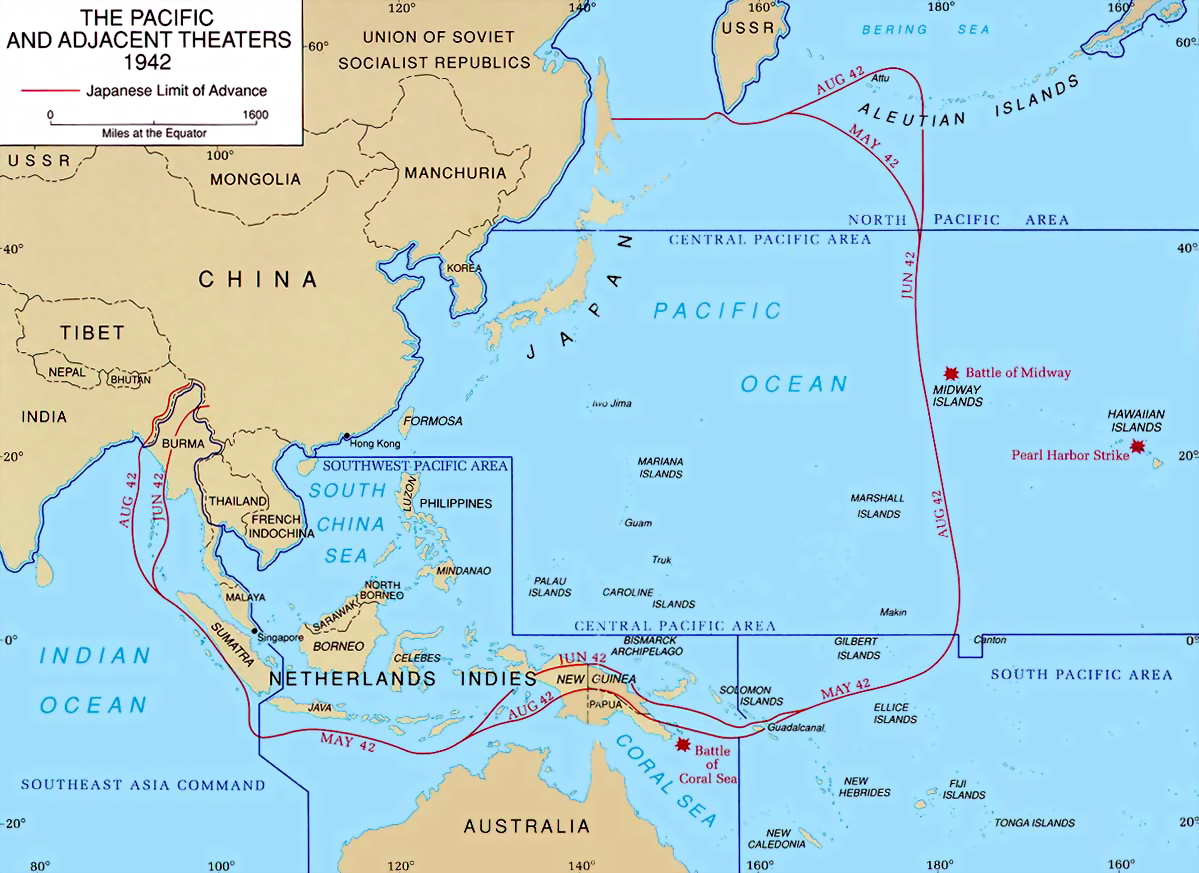|
Widford, Hertfordshire
Widford is a village and civil parish between Ware and Much Hadham in the East Hertfordshire district of Hertfordshire in England. It covers an area of approximately 1,167 acres and contains 220 houses. The River Ash flows through the north of the parish. Widford had a population of 534 people in the 2011 census. History The name Widford comes from the old English word 'wid' meaning willow tree and the word 'ford' The Widford commons were extensive and were enclosed under an award of 1856. There was a wood called Lily Wood to the west of the village which was cut down in the late 19th century. Between 1870 and 1872, John Marius Wilson described Widford as: "a parish, with a village, in Ware district, Herts; near the Buntingford railway, 4 miles E by N of Ware. It has a post-office under Ware, and a r. station." Demography and employment The population of Widford was first recorded in 1801 at 361. The population peaked in 1841 at 539. In the most recent census in 2011 the p ... [...More Info...] [...Related Items...] OR: [Wikipedia] [Google] [Baidu] |
Hertford And Stortford (UK Parliament Constituency)
Hertford and Stortford is a constituency currently represented in the House of Commons of the UK Parliament by Julie Marson of the Conservative Party. Description The constituency is semi-rural which includes picturesque villages and farmland separating the county town of Hertford, population 25,000. The rivers Rib, Beane, Mimram, and Lea all meet in Hertford, which is protected from over development by Green Belt land which encircles the town separating it from its neighbour Ware (17,000) in the western part of the constituency. Farms continue between Ware and the ancient market town of Bishop's Stortford with a population of more than 32,000 people in the north east corner of the seat. Bishop's Stortford has developed into a popular area for commuters, with rail links to London's Liverpool Street station. Thorley on the south side of Stortford, contains a huge residential estate of owner occupied houses built mainly in the 1980s. The constituency is affluent, having a maj ... [...More Info...] [...Related Items...] OR: [Wikipedia] [Google] [Baidu] |
Arthur Percival
Lieutenant-General Arthur Ernest Percival, (26 December 1887 – 31 January 1966) was a senior British Army officer. He saw service in the First World War and built a successful military career during the interwar period but is most noted for his defeat in the Second World War, when he commanded British Empire forces during the Japanese Malayan Campaign and the subsequent Battle of Singapore. Percival's surrender to the invading Imperial Japanese Army force, the largest surrender in British military history, undermined Britain's prestige as an imperial power in East Asia.Morris, ''Farewell the Trumpets'', p452 His defenders, such as Sir John Smyth, have argued that under-funding of Malaya's defences and the inexperienced, under-equipped nature of the Empire army in Malaya, not Percival's leadership, were ultimately to blame. Early days Childhood and employment Arthur Ernest Percival was born on 26 December 1887 in Aspenden Lodge, Aspenden near Buntingford in Hertfordshire ... [...More Info...] [...Related Items...] OR: [Wikipedia] [Google] [Baidu] |
Villages In Hertfordshire
A village is a clustered human settlement or community, larger than a hamlet but smaller than a town (although the word is often used to describe both hamlets and smaller towns), with a population typically ranging from a few hundred to a few thousand. Though villages are often located in rural areas, the term urban village is also applied to certain urban neighborhoods. Villages are normally permanent, with fixed dwellings; however, transient villages can occur. Further, the dwellings of a village are fairly close to one another, not scattered broadly over the landscape, as a dispersed settlement. In the past, villages were a usual form of community for societies that practice subsistence agriculture, and also for some non-agricultural societies. In Great Britain, a hamlet earned the right to be called a village when it built a church. [...More Info...] [...Related Items...] OR: [Wikipedia] [Google] [Baidu] |
Widford, Hertfordshire
Widford is a village and civil parish between Ware and Much Hadham in the East Hertfordshire district of Hertfordshire in England. It covers an area of approximately 1,167 acres and contains 220 houses. The River Ash flows through the north of the parish. Widford had a population of 534 people in the 2011 census. History The name Widford comes from the old English word 'wid' meaning willow tree and the word 'ford' The Widford commons were extensive and were enclosed under an award of 1856. There was a wood called Lily Wood to the west of the village which was cut down in the late 19th century. Between 1870 and 1872, John Marius Wilson described Widford as: "a parish, with a village, in Ware district, Herts; near the Buntingford railway, 4 miles E by N of Ware. It has a post-office under Ware, and a r. station." Demography and employment The population of Widford was first recorded in 1801 at 361. The population peaked in 1841 at 539. In the most recent census in 2011 the p ... [...More Info...] [...Related Items...] OR: [Wikipedia] [Google] [Baidu] |
The Hundred Parishes
The Hundred Parishes is an area of the East of England with no formal recognition or status, albeit that the concept has the blessing of county and district authorities. It encompasses around 450 square miles (1,100 square kilometres) of northwest Essex, northeast Hertfordshire and southern Cambridgeshire. The area comprises just over 100 administrative parishes, hence its name. It contains over 6,000 listed buildings and many conservation areas, village greens, ancient hedgerows, protected features and a historical pattern of small rural settlements in close proximity to one another. Origins The idea of recognising the area for its special heritage characteristics was originally conceived by local historian and author David Heathcote. A steering group of local historians, conservationists and a local authority representative, spearheaded by the Essex branch of the Campaign to Protect Rural England ( CPRE), progressed the idea and defined a boundary. The name arose in respons ... [...More Info...] [...Related Items...] OR: [Wikipedia] [Google] [Baidu] |
Tales From Shakespeare
''Tales from Shakespeare'' is an English children's book written by the siblings Charles and Mary Lamb in 1807, intended "for the use of young persons" while retaining as much Shakespearean language as possible. Mary Lamb was responsible for retelling the comedies and Charles the tragedies. They omitted the more complex historical tales, including all Roman plays, and modified those they chose to retell in a manner sensitive to the needs of young children, but without resorting to actual censoring. However, subplots and sexual references were removed. They wrote the preface together. Marina Warner, in her introduction to the 2007 Penguin Classics edition, claims that Mary did not get her name on the title page till the seventh edition in 1838. Despite its original target audience, "very young" children from the early twenty-first century might find this book a challenging read, and alternatives are available. Nevertheless, the retelling of Lamb siblings remains uniquely f ... [...More Info...] [...Related Items...] OR: [Wikipedia] [Google] [Baidu] |
Charles Lamb
Charles Lamb (10 February 1775 – 27 December 1834) was an English essayist, poet, and antiquarian, best known for his ''Essays of Elia'' and for the children's book ''Tales from Shakespeare'', co-authored with his sister, Mary Lamb (1764–1847). Friends with such literary luminaries as Samuel Taylor Coleridge, Robert Southey, William Wordsworth, and William Hazlitt, Lamb was at the centre of a major literary circle in England. He has been referred to by E. V. Lucas, his principal biographer, as "the most lovable figure in English literature". Youth and schooling Lamb was born in London, the son of John Lamb (–1799) and Elizabeth (died 1796), née Field. Lamb had an elder brother and sister; four other siblings did not survive infancy. John Lamb was a lawyer's clerk and spent most of his professional life as the assistant to a barrister named Samuel Salt, who lived in the Inner Temple in the legal district of London; it was there, in Crown Office Row, that Charles Lamb ... [...More Info...] [...Related Items...] OR: [Wikipedia] [Google] [Baidu] |
Battle Of Singapore
The Fall of Singapore, also known as the Battle of Singapore,; ta, சிங்கப்பூரின் வீழ்ச்சி; ja, シンガポールの戦い took place in the South–East Asian theatre of the Pacific War. The Empire of Japan captured the British stronghold of Singapore, with fighting lasting from 8 to 15 February 1942. Singapore was the foremost British military base and economic port in South–East Asia and had been of great importance to British interwar defence strategy. The capture of Singapore resulted in the largest British surrender in its history. Prior to the battle, Japanese General Tomoyuki Yamashita had advanced with about 30,000 men down the Malayan Peninsula in the Malayan campaign. The British erroneously considered the jungle terrain impassable, leading to a swift Japanese advance as Allied defences were quickly outflanked. The British Lieutenant-General, Arthur Percival, commanded 85,000 Allied troops at Singapore, although many units ... [...More Info...] [...Related Items...] OR: [Wikipedia] [Google] [Baidu] |





.jpg)

